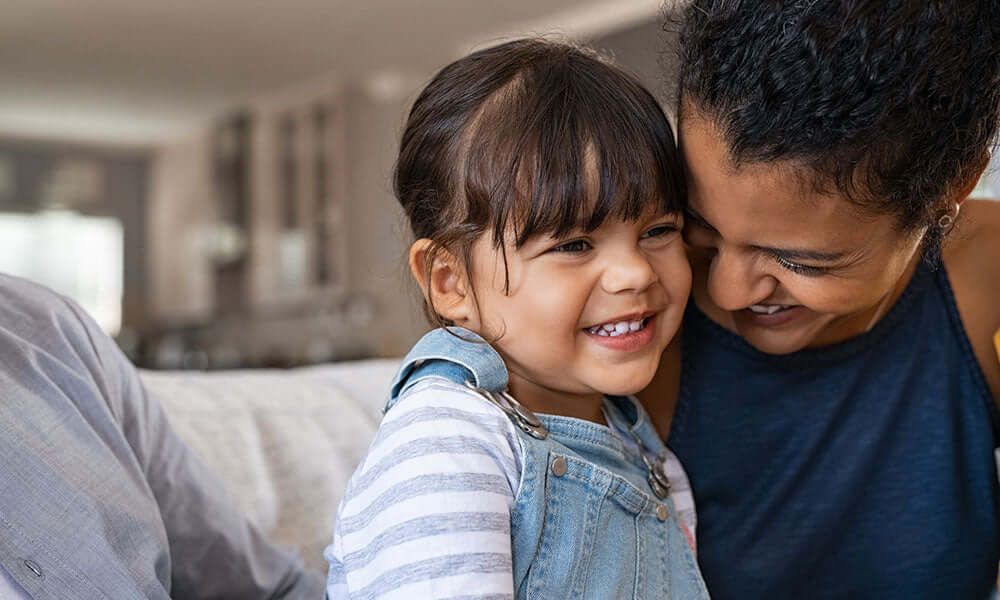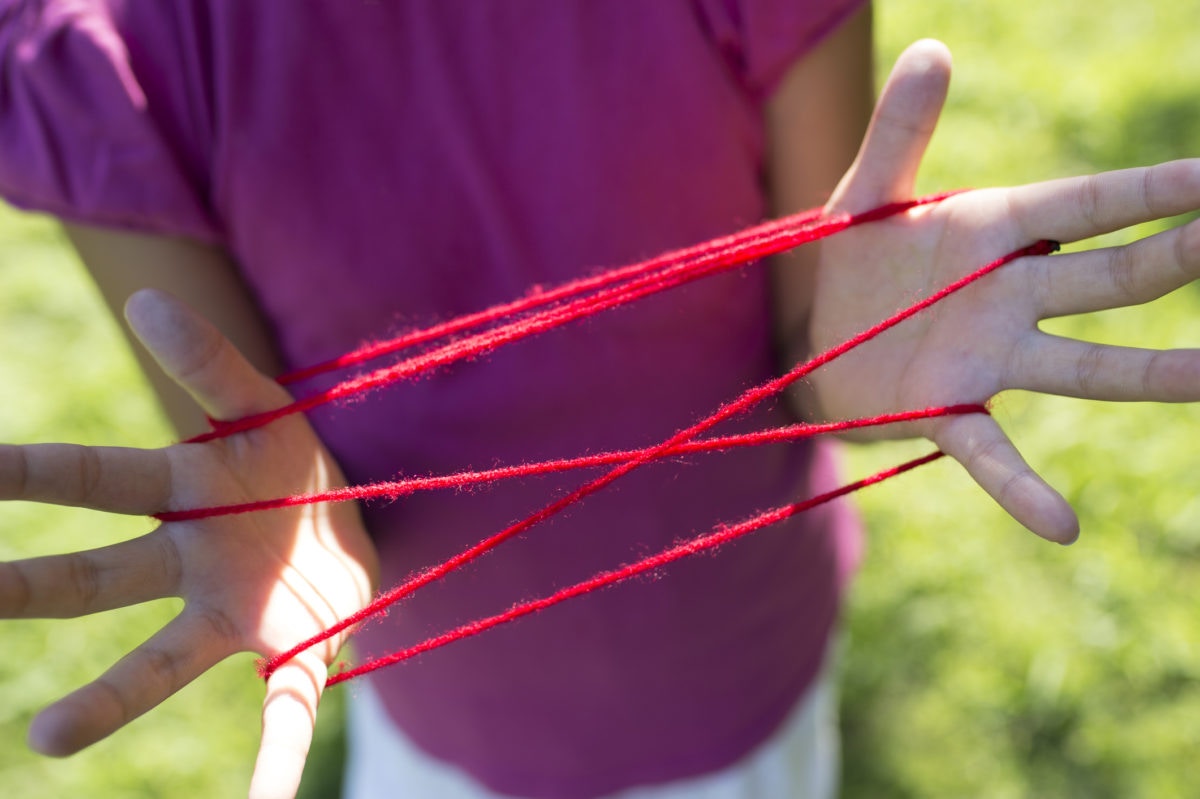As parents, we often find ourselves navigating the delicate balance between protecting our children and encouraging them to step out of their comfort zones. The desire to shield children from discomfort is natural, yet it's through facing challenges and trying new things that children develop resilience and self-assurance. Building confidence in our little ones means addressing big feelings within ourselves and modeling behaviors that promote growth and adaptability.
Understanding our own responses
Our reactions, expectations and even our own histories with trying new things play a powerful role in shaping how our children approach challenges. We want our little ones to be confident and resilient, but we often forget that their sense of self is constructed not just through their experiences, but through observing our reactions to these experiences.
In times when our children are struggling with something new, we often feel a strong urge to step in and fix it. We rush to clean up a spill, introduce them to a peer or show them where the piece fits into the puzzle. But we’re not just responding to their discomfort, we’re often reacting to our own. It’s in these moments that we must pause and ask ourselves: Is this about them, or is this about me? Our children can sense when we don’t believe they can handle something. When we step in too quickly, we not only unintentionally communicate that, but we also steal a potential opportunity for them to build their self-esteem.
Celebrating effort over outcome
One of the most powerful tools we have as parents is how we praise effort. Confidence doesn't grow from doing things we already know how to do, it grows from the process of attempting something difficult and working through it. Instead of celebrating only the outcomes by saying something like, “You did it perfectly!,” we must learn to celebrate the courage it takes to try. This can be achieved by saying something like, “I saw you really working hard on that, and I’m proud of your effort.” When success becomes the only acceptable result, many children will choose not to try at all. But when exploration and effort are what we recognize, we give them permission to grow.
Confidence often develops when children are doing something just a little bit hard but not impossible, such as tying their shoes. The urge to help when you're running late and they're fumbling can be strong. But when we always jump in to the rescue, we rob our little ones of the opportunity to learn and achieve. Our job is to create space for the experience, not to control the outcome.
Remind your child of moments of past bravery. “Remember last year when you were nervous about camp, but you figured it out? You asked for help, made friends and got through it.” Revisit those experiences not just to say, “You ended up having fun,” but to highlight the strategies and effort it took to succeed.
Finally, be curious when your child resists a new experience. If your child frequently pushes back against trying new things, ask why. What about this is hard? Is it overstimulating? Is it unfamiliar? Did something similar go badly before? Children have real reasons for hesitating, and when we show them that we care enough to ask and truly listen, we build their self-esteem and a foundation for open communication throughout life.
Building confidence is not about removing the bumps in the road, it’s about helping children believe they can get over them. That belief starts with us modeling it for them.



